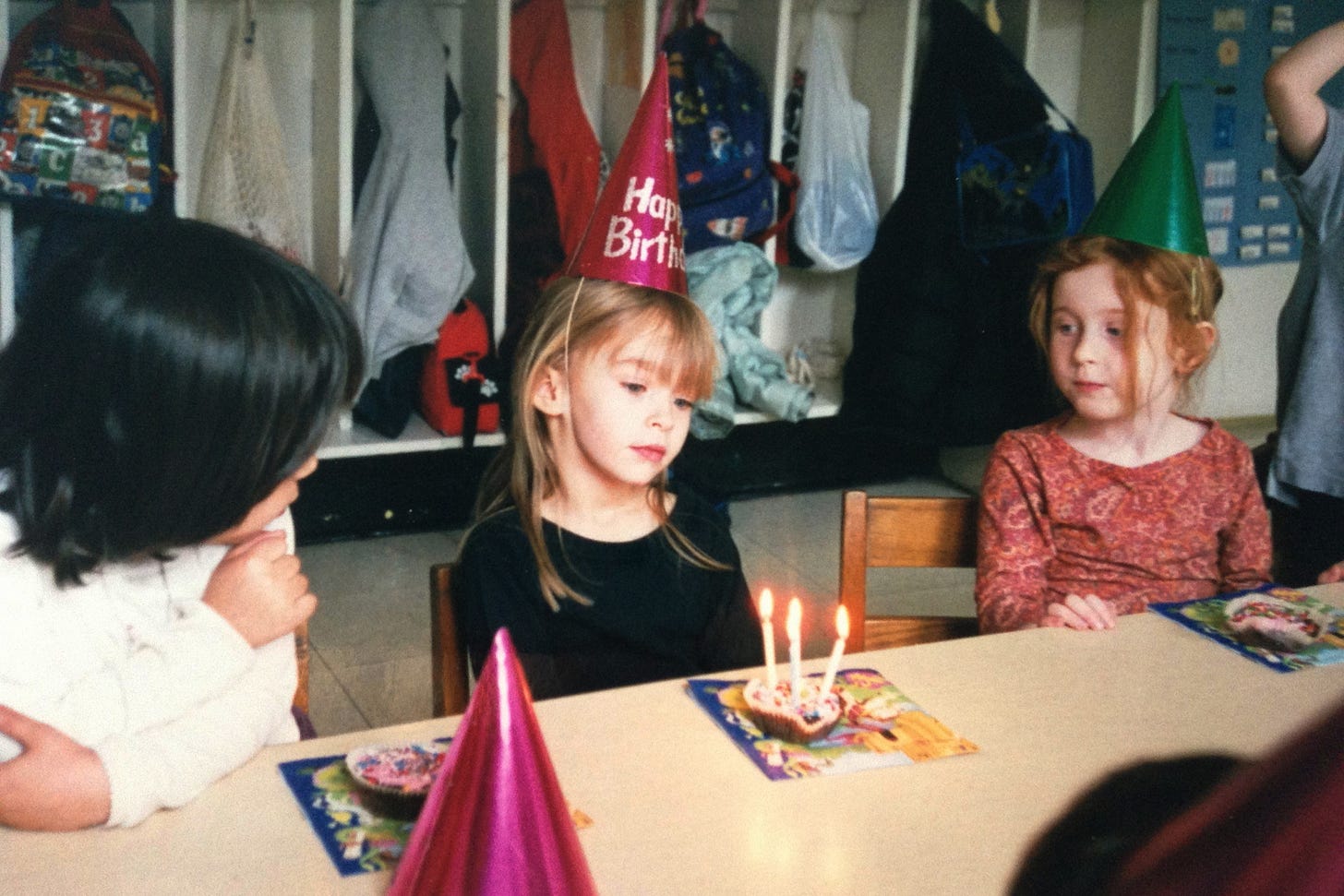The Birthday Paradox
How many people do you need in a room before there is a greater than 50% chance that two share the same birthday? Surprisingly few, as it happens.
The birthday paradox (also known as the birthday problem) is a counterintuitive concept in probability theory that deals with the likelihood of two people sharing the same birthday within a group of people. Despite its name, it’s not actually a paradox but rather a surprising result.
Th…




